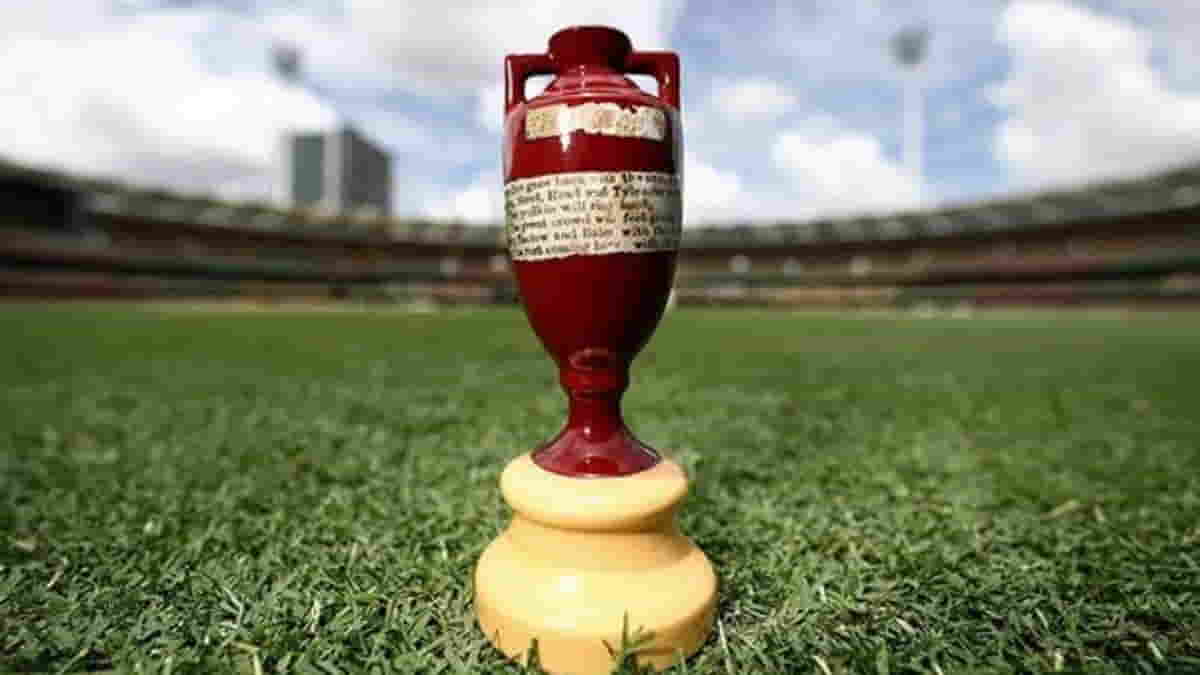 Source: Gettyimages
Source: Gettyimages
The Ashes refers to a Test series between England and Australia and is a legendary rivalry in cricket that has a long history.
No two teams have played each other more times in international red-ball matches than England and Australia, which is widely regarded as the best and most heated Test rivalry in cricket history.
Although this series wasn’t always known as the Ashes, the title comes from the rivalry’s long history, which has produced many intriguing stories over the years.
History
In 1882, this England-Australia Test series was given the name Ashes. It occurred when The Sporting Times, a British newspaper, published a satirical obituary mourning England’s seven-run defeat over Australia at The Oval in 1882.
It was England’s first loss to Australia on home soil, and the obituary declared that English cricket had died and that “the body will be cremated and the ashes taken to Australia.”
This was the first time the term “Ashes” was used. Following that, an English cricket team commanded by Ivo Bligh was scheduled to tour Australia in the 1882-83 season, and his team was the nation’s main hope, promising to return to English shores with “The Ashes of English cricket.”
This tour featured three official matches, with Australia winning the first and England winning the next two to win the series.
The Ashes urn was also created during this tour, and it has since become a symbol for the greatest Test series in cricket history.
The Ashes urn is thought to have been given to captain Ivo Bligh by a group of Melbourne women, including Florence Morphy, whom the English captain would later marry, after the series was won.
The contents of the urn are said to contain the ashes of wooden bails, and they were jokingly referred to as “the ashes of Australian cricket” at the time.
The mystery and fascination surrounding the Ashes urn or trophy has withstood the test of time, with fans now just as enthralled as those of earlier times.
While numerous questions remain regarding the urn, one that is commonly raised is the size of the Ashes trophy. Here, we examine the Ashes trophy size and discover more about the legendary urn.
Trophy Size
As previously stated, the Ashes trophy was initially awarded as a prize to England captain Ivo Bligh after England won the series 2-1 in Australia.
After Bligh’s death in 1927, the urn was handed to the Marylebone Cricket Club (MCC), and it is now on display at Lord’s Cricket Ground in London, England.
The actual dimensions of the Ashes urn or trophy is supposed to be 10.5 cm (4.1 inches) tall. It is constructed of clay and is said to hold the ashes of a cricket bail, however another school of thought claims it has the burnt remains of a lady’s veil.
While the actual weight of the Ashes urn is unknown, the Ashes trophy nowadays resembles a Waterford crystal rendition of the trophy.
There are also a few inscriptions inscribed on the original Ashes urn. What exactly do these terms mean? Let us explore!
What is written on the Ashes urn?
The original Ashes urn has two labels put on it. The top one simply said ‘The Ashes’ in scribbled handwriting.
The second is a longer piece of writing, but what exactly does it say?
It is an excerpt from the 1st February 1883 issue of Melbourne Punch magazine.
It reads: “When Ivo goes back with the urn, the urn; Studds, Steel, Read and Tylecote return, return; The welkin will ring loud; The great crowd will feel proud; Seeing Barlow and Bates with the urn, the urn; And the rest coming home with the urn.”
The names mentioned are from the England side that won in 1883. These words are still attached to the replica urn that the current England and Australia teams will compete this year.
Also Read: 10 types of dismissals in cricket: Explained (cricfiles.com)
“Get more breaking news, cricket updates, fixtures, and trending news only on cricfiles.com. Follow us on Facebook or Twitter and Subscribe to our YouTube Channel today.”





